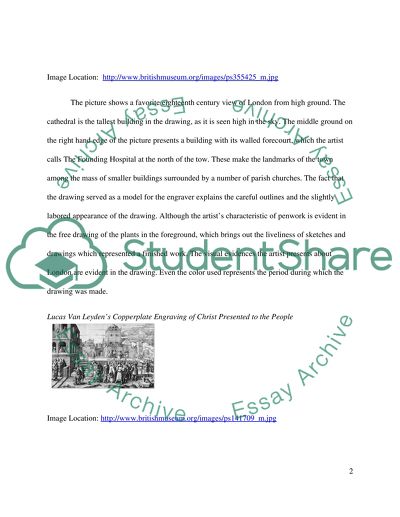Cite this document
(“History of Art Essay Example | Topics and Well Written Essays - 2000 words”, n.d.)
Retrieved from https://studentshare.org/visual-arts-film-studies/1488377-history-of-art
Retrieved from https://studentshare.org/visual-arts-film-studies/1488377-history-of-art
(History of Art Essay Example | Topics and Well Written Essays - 2000 Words)
https://studentshare.org/visual-arts-film-studies/1488377-history-of-art.
https://studentshare.org/visual-arts-film-studies/1488377-history-of-art.
“History of Art Essay Example | Topics and Well Written Essays - 2000 Words”, n.d. https://studentshare.org/visual-arts-film-studies/1488377-history-of-art.


